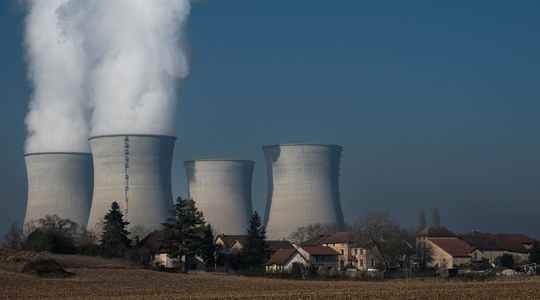The presidential election marked an astonishing return to grace for nuclear power in France. The French had never joined their German neighbors in a massive rejection of the sector. But the last ten years had marked a continuous erosion of the unassailable French exception of the atom. Many only wanted to see it as the latest avatar of the growing influence of an out-of-control environmental lobby. This is forgetting a little too quickly the other sources of this disenchantment. At the turn of the 2000s, nuclear power seemed destined for a real renaissance, well beyond the French borders alone. The International Energy Agency saw it in 2009 – already! – one of the main milestones missing on the road to carbon neutrality. It was the time of the so-called third generation reactors, embodied by the European EPR from Areva and the American AP1000 from Westinghouse – similar Chinese and Russian models completing the technological panorama.
Nourished by the lessons painfully acquired at Three Mile Island and Chernobyl, these new reactors were intended to be safer, faster to build and less expensive than their predecessors of the 1970s and 1980s. However, they did not keep either of these last two promises. Hit by the Fukushima disaster, which came to bury the resurgence of the barely hatched atom in 2011, the nuclear industry has become entangled in pharaonic projects, handicapped by overly complex designs. Cost and time overruns have soared – nearly 13 billion euros in Flamanville for a delay of more than ten years now.
The causes of this resounding failure are multiple: loss of technological know-how, deindustrialization and weakening of essential subcontractors, significant strengthening of safety standards. This litany is not specific to the French case: Westinghouse and Areva will go bankrupt together in 2017, both swept away by the failure of reactors which were to carry their international expansion. It is therefore above all the inability to materialize its promises of low cost and rapid construction which has deprived the nuclear industry of the boom promised ten years ago.
Explosion of costs and deadlines
Many players in the sector are trying to meet this challenge, by exploring alternative approaches to the large-scale pressurized water reactor: molten salt, fast neutron or very high temperature reactors, not to mention the famous small modular reactors (small modular reactors), whose reduced size would allow mass production in the factory. In the eyes of regulators, all of these so-called fourth-generation technologies share a common flaw: not having the hundreds of reactor-years of concrete experience that existing models offer operators. This inertia is very well explained by the absolute priority given to security. But it favors incremental improvements and limits the possibility of disruptive innovation.
It remains to consider the last explanation for the explosion of costs and delays. This last insight comes from the exception of China, the only country to date to have successfully built third-generation reactors, within the framework of a real nuclear program, including the parallel start-up of several dozen reactors during of the past decade. This simultaneous construction of identical reactors in large numbers is the key to reducing costs and lead times. Standardization allows for an improvement in quality and gains in efficiency, while facilitating the replacement of defective parts that would block an entire site – as was the case on several occasions at Flamanville. Ironically, this strategy is exactly modeled on the success of the French – and to a lesser extent Korean – nuclear program in its day.
This is the problem with nuclear choice: it is only profitable on a large scale. Building a small number of reactors, in a sequential manner, does not reduce costs or rebuild the industrial expertise essential to the success of these very complex projects. In this respect, if new EPR projects should at least be undertaken in pairs, it is not certain that their small number is sufficient to obtain the benefits that a larger program would allow. This major defect, from which renewable energies do not suffer, should not be forgotten when there is a new renaissance of nuclear power.
